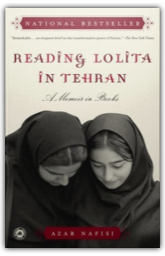
An inspired blend of memoir and literary criticism, Reading Lolita in Tehran is a moving testament to the power of art and its ability to change and improve people's lives. In 1995, after resigning from her job as a professor at a university in Tehran due to repressive policies, Azar Nafisi invited seven of her best female students to attend a weekly study of great Western literature in her home. Since the books they read were officially banned by the government, the women were forced to meet in secret, often sharing photocopied pages of the illegal novels. For two years they met to talk, share, and "shed their mandatory veils and robes and burst into color." Though most of the women were shy and intimidated at first, they soon became emboldened by the forum and used the meetings as a springboard for debating the social, cultural, and political realities of living under strict Islamic rule. They discussed their harassment at the hands of "morality guards," the daily indignities of living under the Ayatollah Khomeini's regime, the effects of the Iran-Iraq war in the 1980s, love, marriage, and life in general, giving readers a rare inside look at revolutionary Iran. The books were always the primary focus, however, and they became "essential to our lives: they were not a luxury but a necessity," she writes. 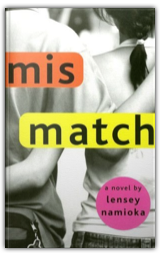
Sue Hua just moved from racially diverse Seattle to a suburban white-bread town where she feels like the only Asian American for miles. Then she meets Andy, a handsome and passionate violin player who just happens to be Asian like herself. Sue feels an instant attraction to Andy, and her white friends think they're "made for each other." But there's just one problem. Andy's last name is Suzuki. And while that may mean nothing to the other students at Lakeview High, Sue knows that it presents a world of problems to her family. 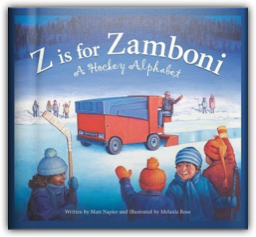
"Z is for Zamboni" is an alphabet book for hockey fans young and old across America. Matt Napier's "breakaway" rhymes and "hard-checking" expository text team up with the "top-shelf" illustrations of Melanie Rose to elucidate this increasingly popular game for every beginning hockey aficionado. Highlighting rules, players, coaches, teams, and the history of the game, it is both fun and educational. 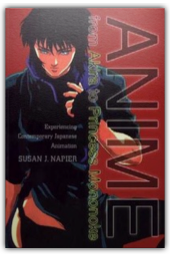
Although packaged as a book for general readers, Anime: From Akira to Princess Mononoke is a dreary academic study that showcases the clichés of "higher" criticism but tells the reader little about the art form. The potentially interesting points that Susan Napier raises (e.g., Are characters with blond, pink, or purple hair really perceived as Japanese?) are ignominiously buried in arcane jargon. And she too often discusses other authors' theories instead of anime itself. In a section on Ranma 1/2, she refers to various books, but in a footnote she cites only a single published interview with series creator Rumiko Takahashi. If Napier regards the Ranma series as significant, why didn't she interview the artist? 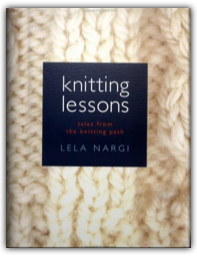
Everyone knows someone who knits-a mother, a grandmother, a great-aunt or two-but lately a remarkable trend has surfaced across the country. Today it's not uncommon to see women (and some men, too!) in their twenties, thirties, forties, and fifties knitting sweaters in the park, talking technique in cafés, and flocking to yarn shops for meetings of their weekly knitting circles. What is it about the practice of knitting that draws people in and keeps them returning-day after day-to their yarn? 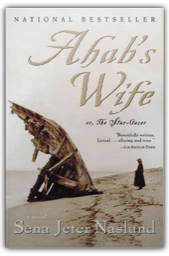
It has been said that one can see farther only by standing on the shoulders of giants. Ahab's Wife, Sena Naslund's epic work of historical fiction, honors that aphorism, using Herman Melville's Moby-Dick as looking glass into early-19th-century America. Through the eye of an outsider, a woman, she suggests that New England life was broader and richer than Melville's manly world of men, ships, and whales. This ambitious novel pays tribute to Melville, creating heroines from his lesser characters, and to America's literary heritage in general. 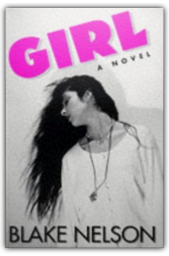
A painfully honest account, minus the typical chip-on-the-shoulder attitude, of three years in a teenage girl's life as she forges an identity between two contrasting worlds—her straight-laced school and Portland's underground music scene. $50,000 ad/promo. |

Chloe Thomas is going to the prom. She doesnt have a date, she needs a dress, and shes the last person anyone expects to see at the dance. But her two oldest friends asked her to go, and she said yes. She quickly begins to regret her decision, though. Laura and Jace are too busy with their own preparations to help, her "real" friends think shes insane for going, and her parents are just thrilled shes participating. By the time the big night arrives, Chloe barely hopes to survive.With drama, humor, and a touch of prom magic, Blake Nelson delivers a story as memorable as prom itself. 
When a plague sweeps over the earth killing everyone except children under twelve, ten-year-old Lisa organizes a group to rebuild a new way of life. 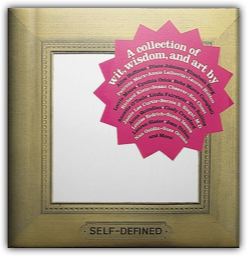
For 20 years, Self Magazine has been exploring all aspects of self - physical, spiritual, emotional, psychological - and how they are integrated. This book presents a verbal and visual collage to celebrate the magazine''s anniversary.' 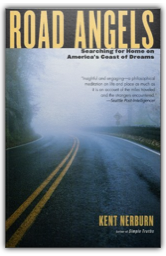
Ride shotgun with Kent Nerburn on a remarkable journey that uncovers the myths and dreams of America's West Coast. Fearing that his passion for life was dimming and worried that his family needed to escape the harsher realities of Minnesota life, Nerburn set out from the stark landscape of a northern winter to drive down the coastal roads of Washington, Oregon, and California. Road Angels brings us face-to-face with unexpected places and extraordinary people — and in the end we learn what it means to find home. 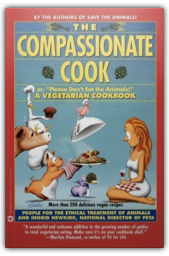
Ingrid Newkirk, Director of People for the Ethical Treatment of Animals (PETA), presents a cookbook for vegetarians and fans of John Robbins' Diet for a New America—200 recipes for everything from eggless chocolate chip cookies and meatless chili to Thanksgiving dinner without turkey. 
Make it yours. This inspirational guide with DIY attitude has everything you need to know about the world’s great T-shirt: how to cut it, sew it, deconstruct it, reconstruct it, and best of all, transform it. • Features more than 100 projects (plus 200 variations) for customized tees, tank tops, tube tops, T-skirts—even handbags, a patchwork blanket, iPod cozies, leg warmers, and more. • Not a DIY expert? Not to worry. More than one third of the projects are no sew, meaning anyone who can wield a pair of scissors can put a personal stamp on her wardrobe. But the sewing basics are here too: backstitch and whipstitch, gather and ruche, appliqué and drawstrings. • And the mission statement for Generation T: Ask not what your T-shirt can do for you; ask what you can do for your T-shirt. And then Do-It-Yourself! |

My Library
Collection Total:
1390 Items
1390 Items
Last Updated:
Mar 22, 2009
Mar 22, 2009


 Made with Delicious Library
Made with Delicious Library